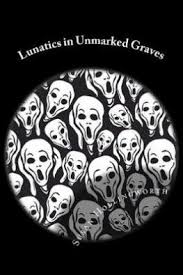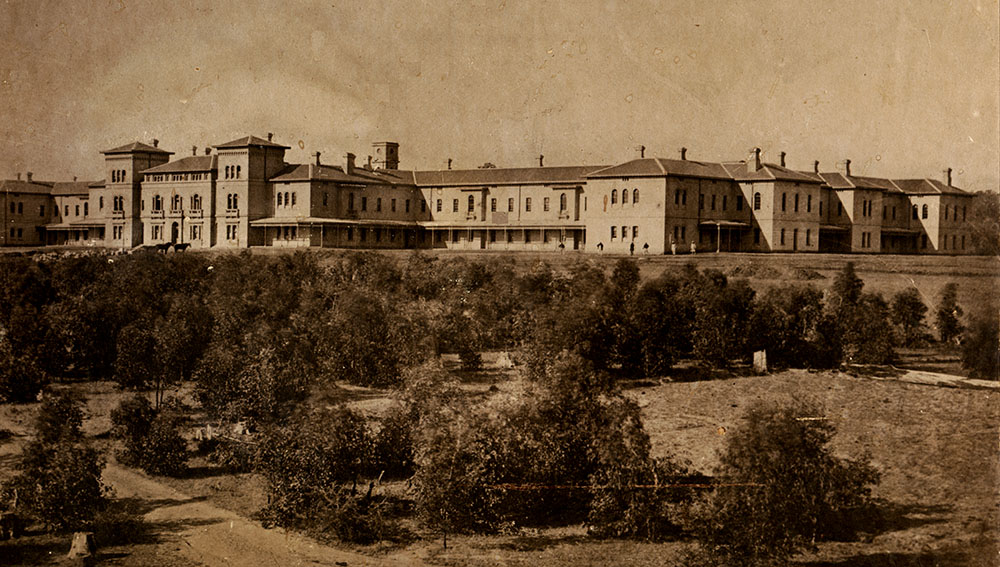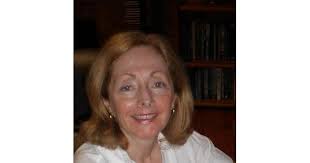Lunatics in Unmarked Graves by Susan Hollingworth, Australia, 2018
 This non-fiction book is a treasure trove of information and an important addition to those books dealing with the early years of Australian colonization. The aptly titled Lunatics in Unmarked Graves deals with some of the people who were incarcerated in the Beechworth Lunatic Asylum, Victoria, between the years of its opening (1867) and 1884. The asylum eventually closed in 1995.
This non-fiction book is a treasure trove of information and an important addition to those books dealing with the early years of Australian colonization. The aptly titled Lunatics in Unmarked Graves deals with some of the people who were incarcerated in the Beechworth Lunatic Asylum, Victoria, between the years of its opening (1867) and 1884. The asylum eventually closed in 1995.
The so-called lunatics comprised both emancipated convicts and free immigrants, mainly from England, Scotland and Ireland though there are also references to people from China, Germany and Scandinavia. Some had been enticed to Australia by Victoria’s gold-rush fever, but most were ordinary people, trying to build a life for themselves in a new country. Understandably, many of these people were unable to handle the severe physical, financial and emotional conditions, and alcohol often became the escape route. If arrested for drunkenness, a person was likely to end up in Beechworth gaol; if the drunkenness activated amnesia, fits or melancholia, the person would most likely be moved to the Beechworth Lunatic Asylum, where, in most cases, he or she eventually died.

A number of the stories are surprising, and many of them are especially sad. Nowadays a person suffering from epilepsy, a lower-than-average IQ or depression would not be considered a lunatic. People experiencing financial strain or the loss of a family member would, hopefully, be given the necessary support, if not by social services then at least by the extended family. A person who sets a paddock alight might well end up in gaol, but it is unlikely that he will be branded a lunatic. Many of those people who died in Beechworth Lunatic Asylum had, more than likely, survived had they been correctly diagnosed and given adequate treatment. Death certificates list, among other things, dementia, paralysis, exhaustion, tuberculosis and disease of the brain as the cause of death; however, the question remains: would such symptoms have arisen had the person not been incarcerated in the asylum?
This book is a goldmine for people who have completed their family tree and who want to find out more about long-gone relatives from nineteenth-century Australia. If names like Nagle, Young, Hannah, Symington, Pace or Blackwell (among many others) have shown up in a tree, there is a chance that Hollingworth’s book may be able to fill in the gaps. Each entry is painstakingly researched with information not only about the person concerned but also about other members of the family. Names of ships (in the case of immigrants), places of residence, occupations, marital (and non-marital) relationships and the names of children have all been carefully researched and noted.

The entries, arranged in alphabetical order, are easy to access. Even if you are not a family-tree researcher you may enjoy this glimpse of another time and another place.
The image of Susan Hollingworth is from Amazon
The image of Beechworth Lunatic Asylum is from Victoria State Government, Department of Health and Human Services